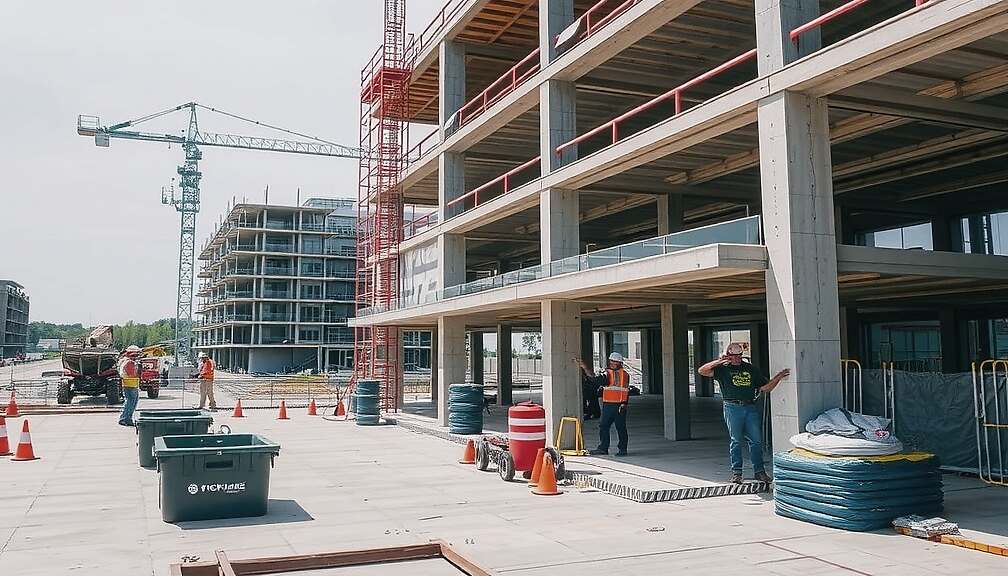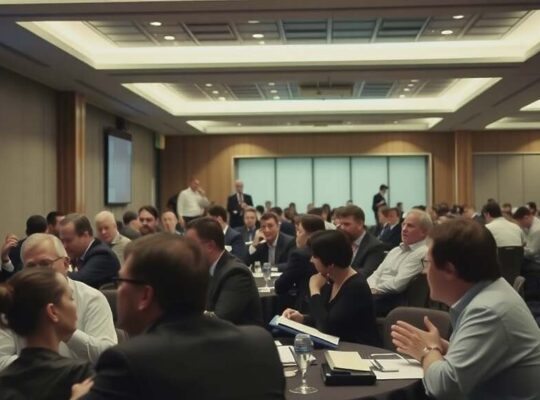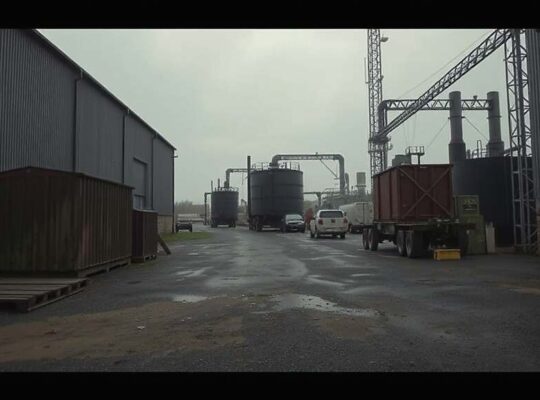The German government is proposing a radical shift in construction regulations with the introduction of “Building Type E” a new framework designed to streamline the building process, slash costs and accelerate housing development. Presented jointly by the Federal Ministry of Justice and the Federal Ministry of Construction, the initiative has already sparked debate concerning safety standards and the potential consequences for future residents.
The core of Building Type E lies in its departure from the traditionally stringent, “gold standard” construction practices prevalent in Germany. The new model permits contractual agreements to waive numerous building regulations deemed “not strictly mandatory” by law, resulting in potentially significant reductions in construction expenses. While proponents tout this flexibility as crucial to tackling Germany’s persistent housing shortage and affordability crisis, critics raise concerns about compromised quality and long-term safety.
Justice Minister Stefanie Hubig characterized the initiative as a “combination of price brakes and construction acceleration” arguing that stringent building requirements often inflate costs unnecessarily. “Not everyone needs a fifth outlet in the living room” she stated, highlighting the possibility of achieving “good and safe housing” at a lower price point through tailored agreements. The proposal attempts to provide a legal and secure pathway for parties to contractually agree to forego certain standards, a move justified by the government as necessary for “practicality.
Construction Minister Verena Hubertz emphasized the role of Building Type E in addressing the need for more affordable housing, suggesting pilot projects have demonstrated the potential for efficiency gains through practices like prioritized ventilation over complex climate control systems, thinner walls and the adoption of serial construction methods. These shifts, she argues, will create a more manageable and accessible process for all involved.
However, the proposal is drawing scrutiny from opposition parties and consumer advocacy groups. Concerns are being expressed about the potential for developers to pressure buyers into accepting substandard construction through contractual loopholes, particularly given the nation’s current affordable housing crisis. The emphasis on contractual agreements raises questions about the ability of future residents – often vulnerable and lacking extensive legal expertise – to fully understand the implications of waiving established building regulations.
Furthermore, some experts caution that loosening construction standards, even with contractual consent, could create a two-tiered housing market, with Building Type E properties potentially facing challenges regarding resale value and long-term structural integrity. The government insists safeguards will be in place to prevent exploitation and ensure minimum acceptable safety thresholds are maintained, but the extent and effectiveness of these measures remain to be seen. The introduction of Building Type E represents a significant policy shift, one that promises to reshape the construction landscape in Germany but also carries the potential for unforeseen consequences.












